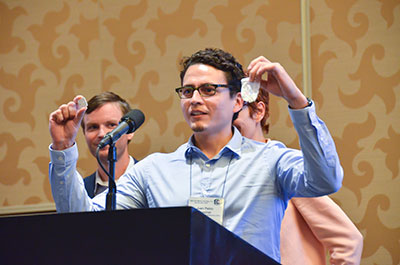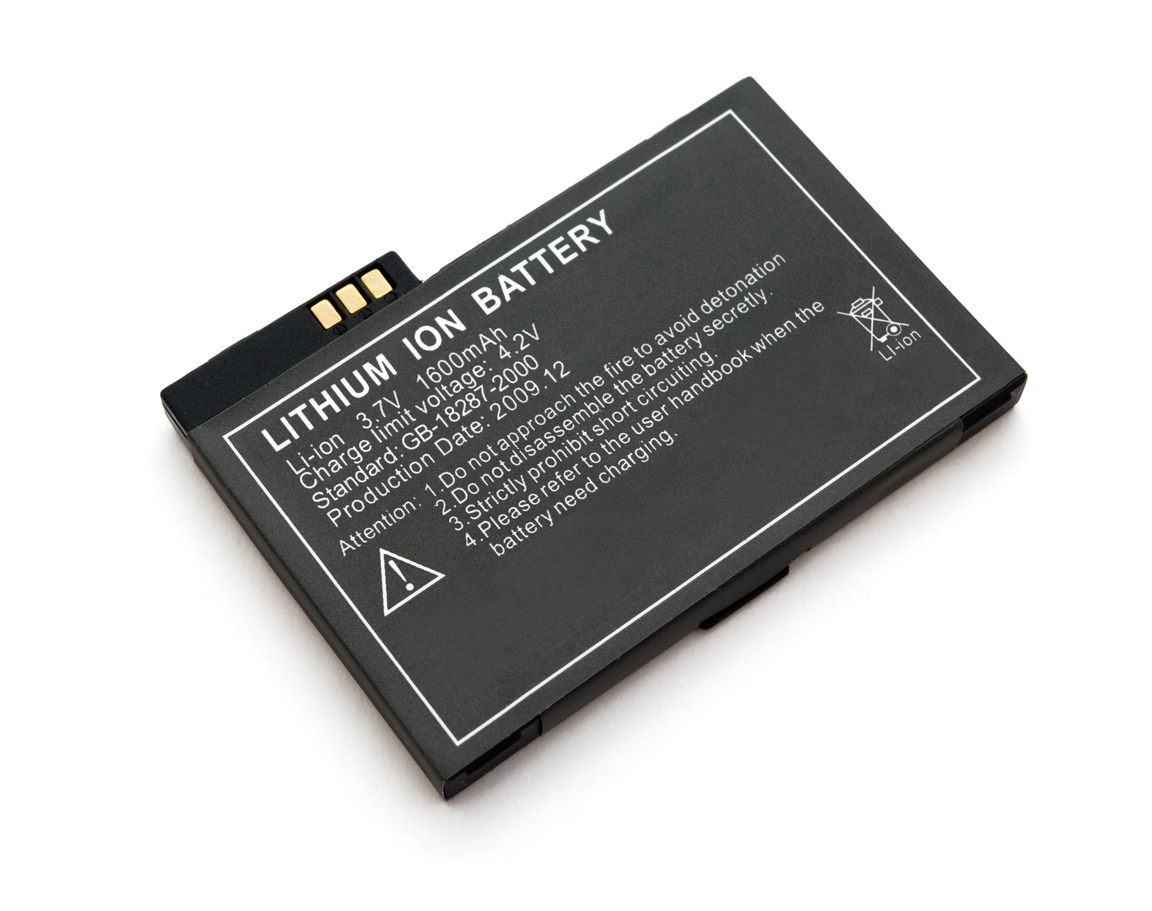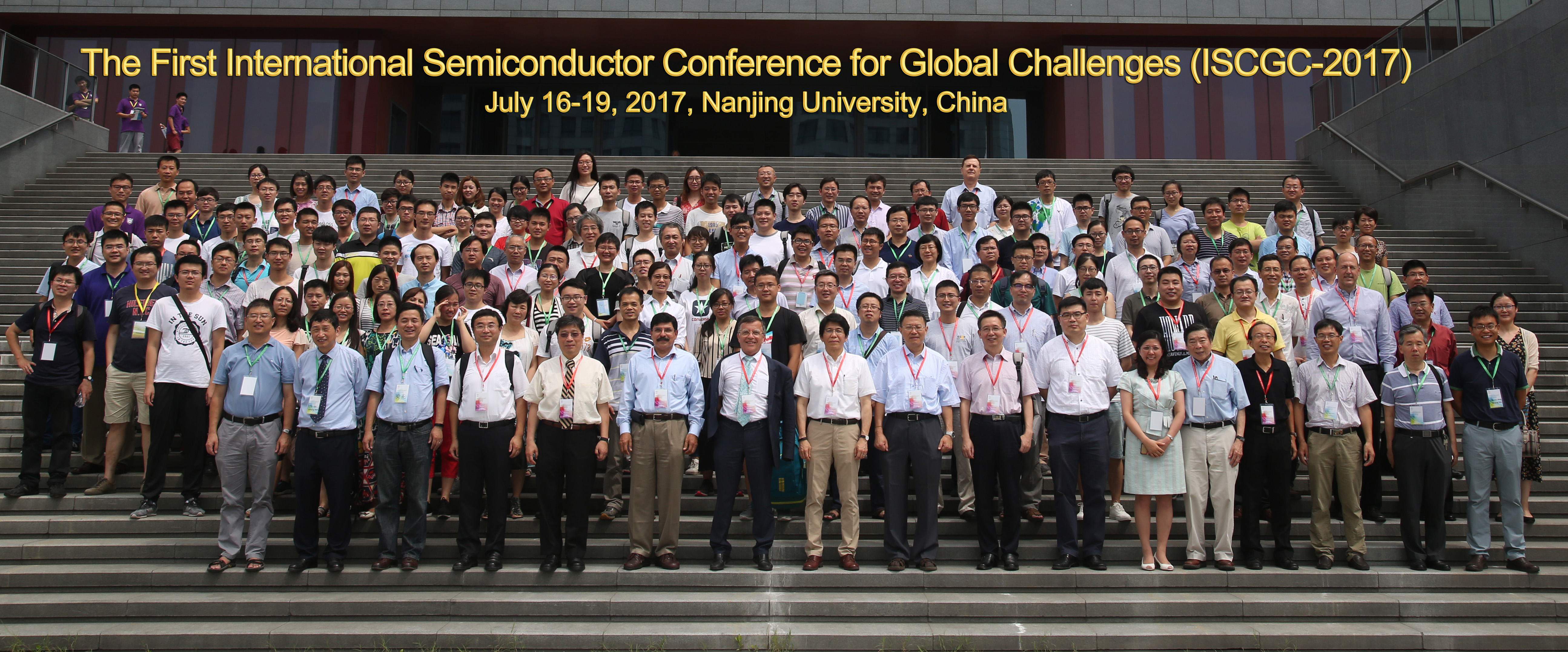A debate held at the annual Charleston Library Conference tackles the journal impact factor, with speakers looking at the metric and analyzing if it does more harm than good. The debate was moderated by Rick Anderson, Associate Dean for Collections & Scholarly Communication; and argued by Sara Rouhi, director of business development at Altmetric; and Ann Beynonn, manager at Clarivate Analytics.
A journal’s impact factor is a long-established metric intended to evaluate the relevancy of a publication by factoring the average number of times its articles were cited over the course of the prior two years. However, the metric does not reflect journals that continue to have impact long after the two year time-span.
Opening polls of the debate showed that 54 percent of all respondents believed that the impact factor does more harm than good. By the end of the debate, that number had grown to 57 percent. However, because the debate garnered a small number of attendees, the vote does not represent a true statistical significance.
Read full transcripts here.


 Researchers have created a new method to more efficiently convert potato waste into ethanol. The findings may lead to reduced production costs for biofuel in the future and add extra value for chip makers.
Researchers have created a new method to more efficiently convert potato waste into ethanol. The findings may lead to reduced production costs for biofuel in the future and add extra value for chip makers.
 While pursing work on the highly desirable but technically challenging lithium-air battery, researchers unexpectedly discovered a new way to capture and store carbon dioxide. Upon creating a design for a lithium-CO2 battery, the research team found a way to isolate solid carbon dust from gaseous carbon dioxide, all while being able to separate oxygen.
While pursing work on the highly desirable but technically challenging lithium-air battery, researchers unexpectedly discovered a new way to capture and store carbon dioxide. Upon creating a design for a lithium-CO2 battery, the research team found a way to isolate solid carbon dust from gaseous carbon dioxide, all while being able to separate oxygen. This summer I worked on the Greenland ice sheet, part of a scientific experiment to study surface melting and its contribution to Greenland’s accelerating ice losses. By virtue of its size, elevation and currently frozen state, Greenland has the potential to cause large and rapid increases to sea level as it melts.
This summer I worked on the Greenland ice sheet, part of a scientific experiment to study surface melting and its contribution to Greenland’s accelerating ice losses. By virtue of its size, elevation and currently frozen state, Greenland has the potential to cause large and rapid increases to sea level as it melts. Researchers have found a new method for finding lithium, used in the lithium-ion batteries that power modern electronics, in supervolcanic lake deposits.
Researchers have found a new method for finding lithium, used in the lithium-ion batteries that power modern electronics, in supervolcanic lake deposits.